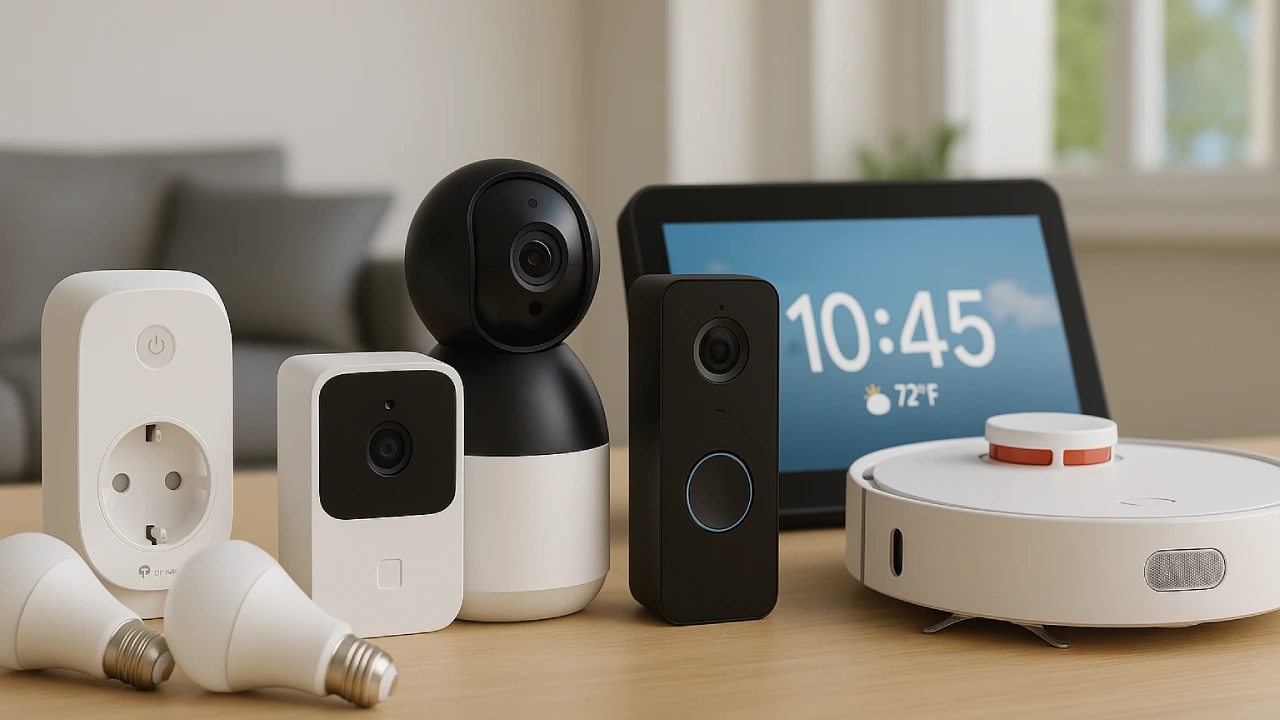In today’s digital world, websites are essential for communication, business, education, and entertainment. But how often do we stop and think about whether our websites are accessible to everyone? The internet should be a place where all people, no matter their abilities, can connect and navigate with ease. That’s where web accessibility comes in.
This guide will help you understand the importance of creating websites that everyone can use, regardless of their background or abilities. We’ll also provide practical tips for making your website more inclusive.
Why Website Accessibility Matters
Making websites accessible means designing and building websites that can be used by people with disabilities. This includes people who are blind, deaf, have limited mobility, or struggle with cognitive challenges. Accessibility is important for several reasons:
- Equal Access for All: Everyone deserves equal access to information and services, and that includes people with disabilities.
- Better User Experience: When you design for accessibility, you often improve the experience for everyone, not just people with disabilities.
- Legal Requirements: Many countries have laws that require websites to meet accessibility standards.
- Wider Audience Reach: Making your website inclusive can expand your audience and boost your business or service.
Understanding the Different Types of Disabilities
When thinking about web accessibility, it’s important to understand the different types of disabilities that can affect how people use the web:
- Visual Impairments: This includes blindness, low vision, and color blindness. People with visual impairments may rely on screen readers, magnification software, or braille displays to interact with websites.
- Hearing Impairments: Individuals who are deaf or hard of hearing may need subtitles, transcripts, or visual cues instead of relying on sound.
- Motor Disabilities: People with motor impairments may have difficulty using a mouse or keyboard. They might rely on speech recognition software or adaptive hardware.
- Cognitive Disabilities: These include conditions like dyslexia or ADHD. People with cognitive impairments may find complex language, navigation, or design challenging.
By addressing these types of disabilities, you ensure your website is usable by a broader group of people.
Key Principles for Creating an Inclusive Website
There are some basic principles that help make websites accessible to everyone. Let’s take a look at these core web accessibility guidelines.
1. Design for Simplicity and Clarity
Keep it simple: Use clear, straightforward language and avoid unnecessary complexity in your content and navigation. People with cognitive impairments, or those who are unfamiliar with certain topics, will appreciate a simple layout.
- Use headings and subheadings to break up text.
- Avoid jargon or explain it when necessary.
- Use easy-to-read fonts with sufficient contrast to the background.
2. Make Your Website Navigable with a Keyboard
Not everyone can use a mouse to navigate the web. Keyboard navigation is essential for people who rely on keyboards or assistive technologies like screen readers.
- Ensure all links, forms, and buttons can be accessed via the keyboard (using the Tab key).
- Highlight focused elements so users know where they are on the page.
- Test your website with only a keyboard to make sure it’s fully navigable.
3. Use Descriptive Links and Buttons
Instead of vague buttons like “click here” or “read more,” use clear and descriptive text that tells users where the link will take them or what action will happen.
For example, instead of “click here to learn more,” write “learn more about accessible web design.” This helps both people using screen readers and those who may struggle with context.
4. Ensure Visual Content Has Text Alternatives
Not everyone can see images, so provide alt text (alternative text) descriptions for all visual content, like images, graphics, and charts. Alt text should describe the content and purpose of the image so that screen readers can convey this information.
For example, if you have a picture of a person holding a sign, the alt text might say, “Person holding a sign that says ‘Welcome to Our Site.’”
5. Provide Captions and Transcripts for Media
Many people with hearing impairments rely on captions for video content. It’s also helpful for people in noisy environments or those learning a new language. Similarly, providing transcripts for audio content ensures that everyone has access to the same information.
- Add captions to videos.
- Provide transcripts for podcasts or audio clips.
6. Use High Color Contrast and Avoid Using Color as the Only Cue
Approximately 8% of men and 0.5% of women worldwide experience color blindness, so it’s essential to design with color accessibility in mind. Select color combinations with strong contrast to ensure text and elements are easy to see. Additionally, avoid relying solely on color to communicate important information.
For example, instead of saying, “Click the red button,” say, “Click the button labeled ‘Submit’ in red.” This way, everyone can understand what to do, regardless of their ability to see color.
Testing Your Website for Accessibility
Once you’ve implemented these best practices, it’s important to test your website for accessibility. There are several tools and resources available to help you identify areas for improvement:
- WAVE Web Accessibility Evaluation Tool: A tool that checks your site for common accessibility issues.
- Color Contrast Checker: A tool to test whether your color choices have enough contrast.
- Screen Readers: Use screen readers like NVDA or VoiceOver to test how your site sounds for blind users.
It’s also a good idea to get feedback from actual users with disabilities. Their experiences can highlight areas that you may have missed.
Conclusion: Building an Inclusive Web for Everyone
Web accessibility isn’t just about following laws or meeting standards. It’s about ensuring that everyone, regardless of their abilities, can access the information and services that matter to them. By applying the principles of inclusive design, you help make the web a more equitable place for all users.
Remember, accessibility is an ongoing process. Continuously test your website, listen to user feedback, and make improvements to create an inclusive experience. When we build websites that are accessible to everyone, we make the internet a space that truly works for all.







